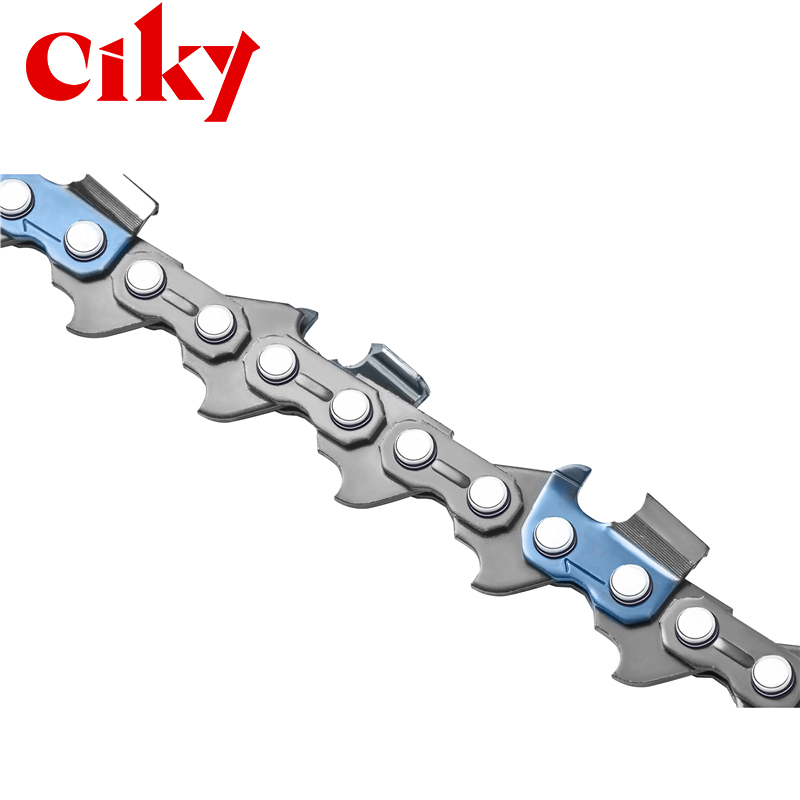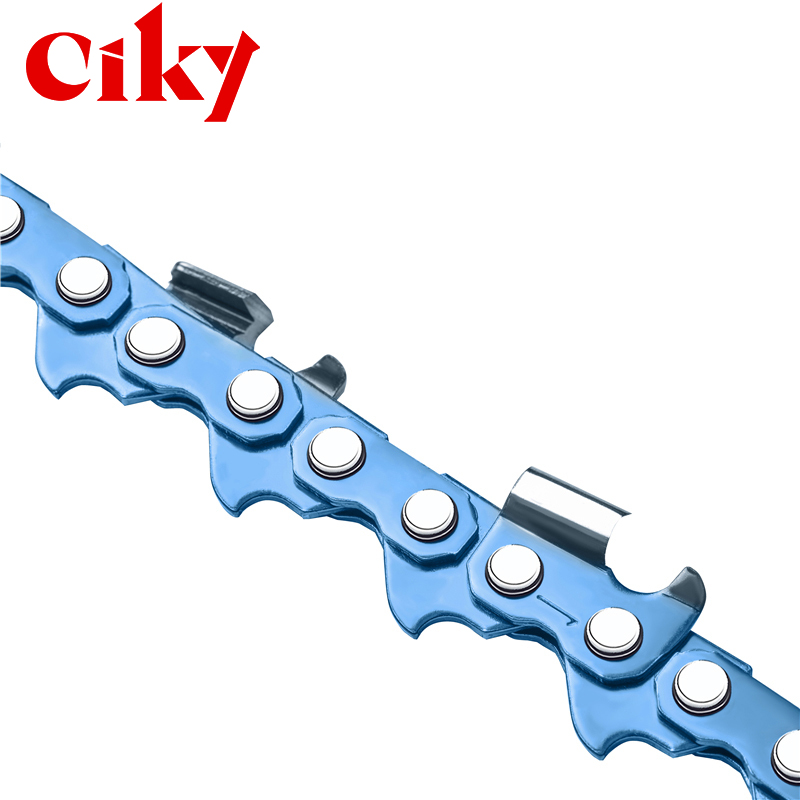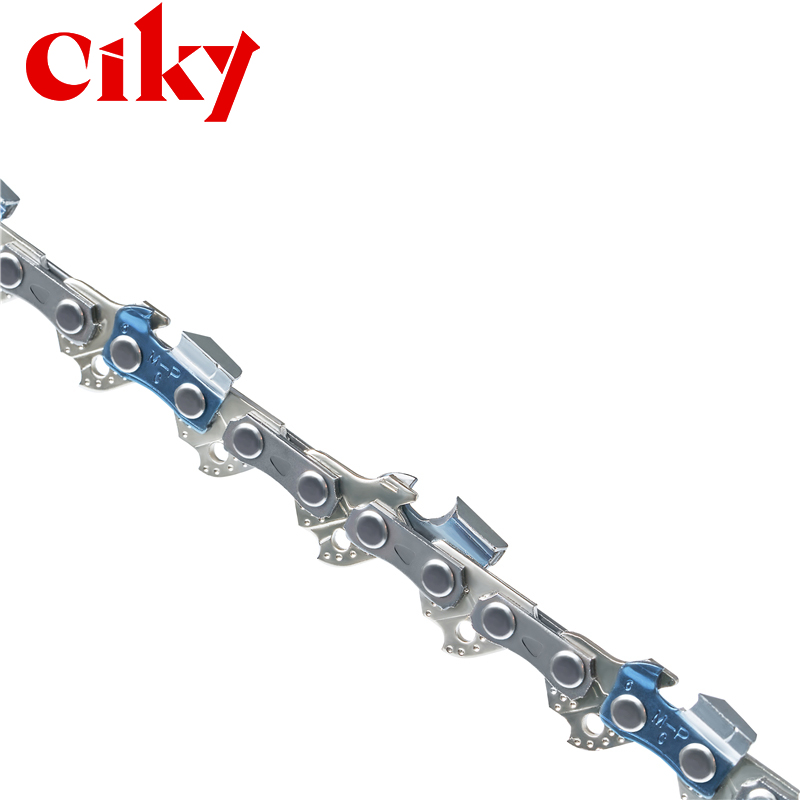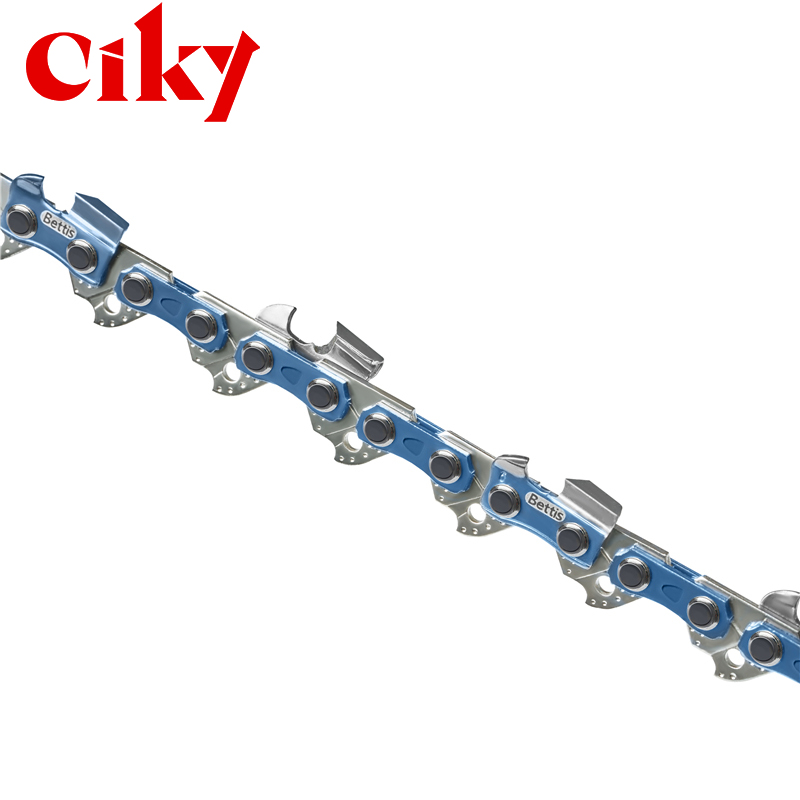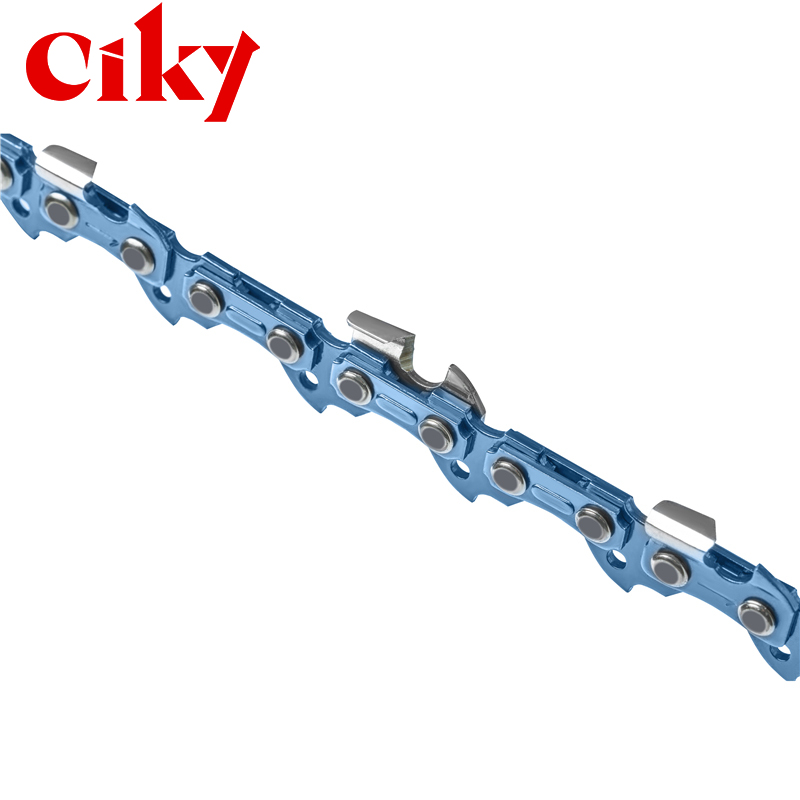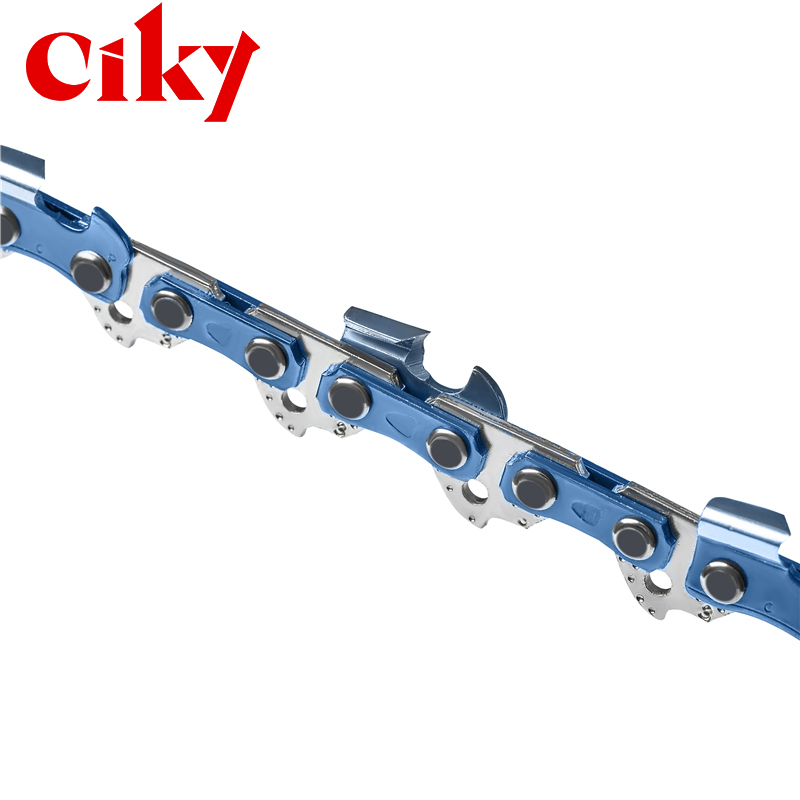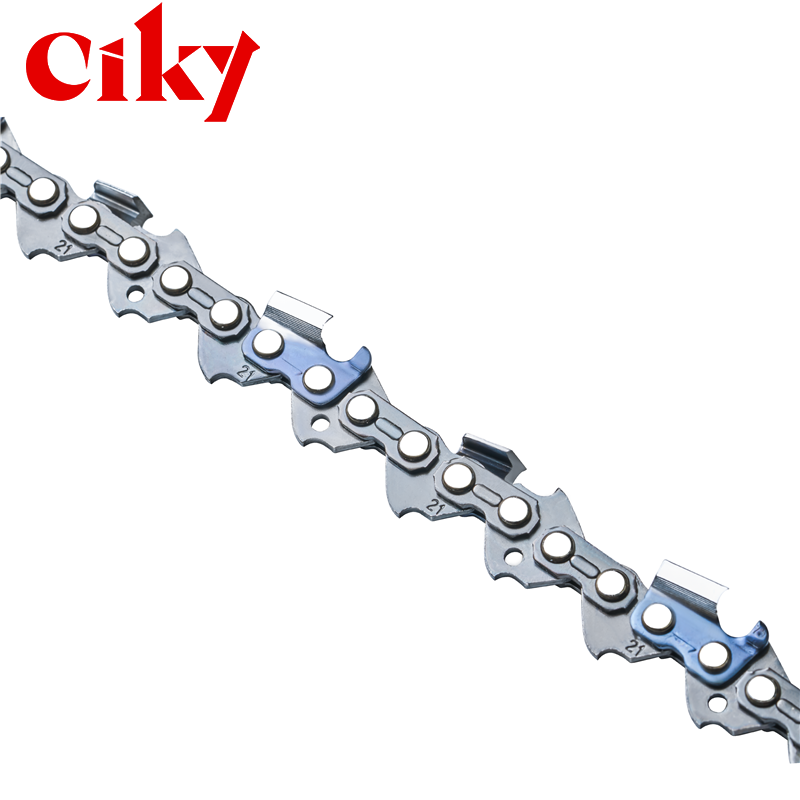Chainsaw Replacement Chains: Prolonging the Life of Your Trusty Tool
Author:admin Date:07-10-2023
Understanding Chainsaw Chains:
Chainsaw chains are the cutting components of the chainsaw, featuring sharp teeth that slice through wood effortlessly. Over time, these chains can become dull, damaged, or worn due to continuous use, contact with dirt and debris, and encounters with hard materials like rocks or nails. When a chainsaw chain loses its sharpness and precision, it can lead to decreased cutting efficiency, increased effort, and even safety hazards.
When to Replace Your Chainsaw Chain:
Knowing when to replace your chainsaw chain is crucial for maintaining the tool's performance and safety. Here are some signs that indicate it's time for a replacement:
Dullness: If the chain struggles to cut cleanly and instead produces fine sawdust or jagged edges on wood, it's a clear sign that the chain has lost its sharpness.
Chain Stretch: Over time, chainsaw chains can stretch, leading to slackness. If you notice excessive slack or a sagging chain, it's time for a replacement.
Damaged or Broken Teeth: Missing or broken chain teeth can compromise the cutting ability and pose safety risks.
Excessive Wear: Inspect the chain for signs of wear, including grooves, nicks, or a visibly reduced profile. Excessive wear can affect both performance and safety.
Inconsistent Cutting: If the chainsaw tends to veer to one side or pull during operation, it may be due to uneven chain wear, indicating a need for replacement.
The Benefits of Chainsaw Replacement Chains:
Investing in high-quality replacement chains for your chainsaw offers several advantages:
Improved Performance: A new chain restores the cutting efficiency of your chainsaw, making tasks faster, smoother, and more precise.
Enhanced Safety: Dull or damaged chains increase the risk of kickbacks, a dangerous and sudden upward movement of the chainsaw. A sharp replacement chain reduces this risk significantly.
Longer Chainsaw Life: Regularly replacing the chain can extend the overall lifespan of your chainsaw. Worn chains can cause excessive wear on other components, leading to costly repairs or replacements.
Cost-Effective: Replacing just the chain is often more cost-effective than buying a new chainsaw or investing in major repairs.
Choosing the Right Replacement Chain:
When selecting a replacement chainsaw chain, it's essential to consider the following factors:
Chain Type: Chainsaw chains come in various types, including full chisel, semi-chisel, and low-profile, each suited for different tasks and cutting conditions. Choose the type that matches your needs.
Chain Length: Measure your current chain's length to ensure compatibility with your chainsaw's guide bar.
Pitch and Gauge: These specifications determine how the chain fits on the guide bar. Ensure they match your chainsaw's requirements.
Quality and Brand: Opt for reputable brands and high-quality chains to ensure longevity and reliable performance.
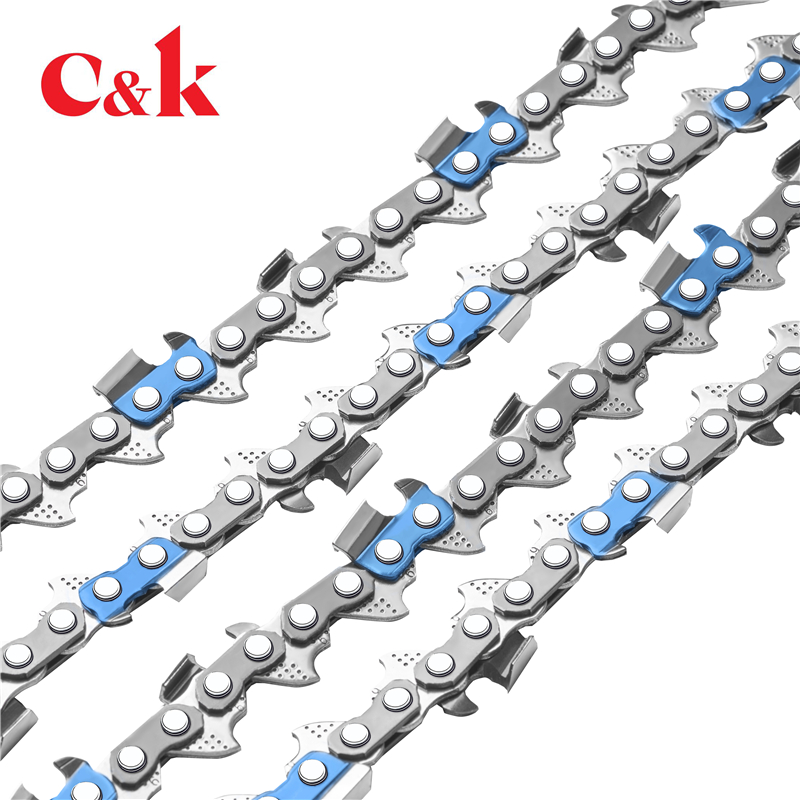
Chainsaw chains are the cutting components of the chainsaw, featuring sharp teeth that slice through wood effortlessly. Over time, these chains can become dull, damaged, or worn due to continuous use, contact with dirt and debris, and encounters with hard materials like rocks or nails. When a chainsaw chain loses its sharpness and precision, it can lead to decreased cutting efficiency, increased effort, and even safety hazards.
When to Replace Your Chainsaw Chain:
Knowing when to replace your chainsaw chain is crucial for maintaining the tool's performance and safety. Here are some signs that indicate it's time for a replacement:
Dullness: If the chain struggles to cut cleanly and instead produces fine sawdust or jagged edges on wood, it's a clear sign that the chain has lost its sharpness.
Chain Stretch: Over time, chainsaw chains can stretch, leading to slackness. If you notice excessive slack or a sagging chain, it's time for a replacement.
Damaged or Broken Teeth: Missing or broken chain teeth can compromise the cutting ability and pose safety risks.
Excessive Wear: Inspect the chain for signs of wear, including grooves, nicks, or a visibly reduced profile. Excessive wear can affect both performance and safety.
Inconsistent Cutting: If the chainsaw tends to veer to one side or pull during operation, it may be due to uneven chain wear, indicating a need for replacement.
The Benefits of Chainsaw Replacement Chains:
Investing in high-quality replacement chains for your chainsaw offers several advantages:
Improved Performance: A new chain restores the cutting efficiency of your chainsaw, making tasks faster, smoother, and more precise.
Enhanced Safety: Dull or damaged chains increase the risk of kickbacks, a dangerous and sudden upward movement of the chainsaw. A sharp replacement chain reduces this risk significantly.
Longer Chainsaw Life: Regularly replacing the chain can extend the overall lifespan of your chainsaw. Worn chains can cause excessive wear on other components, leading to costly repairs or replacements.
Cost-Effective: Replacing just the chain is often more cost-effective than buying a new chainsaw or investing in major repairs.
Choosing the Right Replacement Chain:
When selecting a replacement chainsaw chain, it's essential to consider the following factors:
Chain Type: Chainsaw chains come in various types, including full chisel, semi-chisel, and low-profile, each suited for different tasks and cutting conditions. Choose the type that matches your needs.
Chain Length: Measure your current chain's length to ensure compatibility with your chainsaw's guide bar.
Pitch and Gauge: These specifications determine how the chain fits on the guide bar. Ensure they match your chainsaw's requirements.
Quality and Brand: Opt for reputable brands and high-quality chains to ensure longevity and reliable performance.


 English
English Español
Español